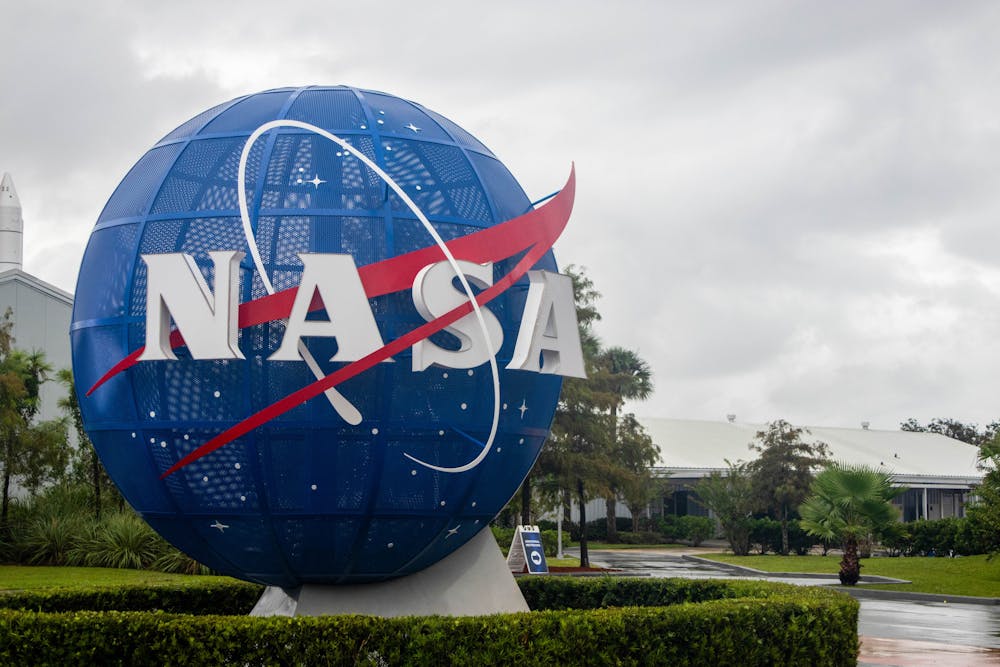While the combined ASU and NASA Psyche mission may take six years to reach the 16 Psyche asteroid, this is not a waiting period for the multiple instrument teams involved, who are deep into their calibration, collection and simulation phases.
The deputy principal investigator is Ben Weiss, a professor of Planetary Science at MIT. He also leads the team that made the magnetometer, one of the main instruments aboard the satellite.
16 Psyche does not currently generate a magnetic field. Instead, the magnetometer could identify traces of a previous field. This would suggest that the asteroid once generated gravity like the core of a planet, providing clues to its origin.
"We're actually watching each part of the Psyche spacecraft turn on," Weiss said. "We now know what the signatures of those parts are, and we can subtract them from the data when we get to the site to look for the Psyche magnetic fields."
While the magnetometer looks for the trace of a field, an ASU-based team will look at the surface of the asteroid through the multispectral imager, two specialized cameras looking at the topography and composition of the asteroid’s surface.
Hannah Zigo is a research analyst through the School of Earth & Space Exploration, currently working on mission operations for the multispectral imager.
"(The imagers) get turned on in the middle of November, so we will start getting images within the next few months," Zigo said.
The imager provides data on the composition of the asteroid's surface using Eight Color Asteroid Survey Filters.
"Behind the optics, there's a filter wheel," Zigo said. "We look through different wavelengths to be able to detect different minerals on Psyche's surface. What's unique about this mission is we are trying to determine if Psyche is made of metal, so the filters will be able to differentiate between silicate and metallic compositions."
The two cameras of the imager will also be used to make 3D visualizations of the asteroid's surface, called digital elevation models.
"Not only are we going to be taking images, but those images will be used for making a global map of Psyche," Zigo said. "We're also going to try and get overlapping images to make 3D stereo models."
The Psyche images will be made public when communicated back to Earth, but first, they will go through the Science Data Center, a group within ASU established by the Psyche mission to collect all the data from all the instruments onboard. The Science Data Center receives a constant flow of data from the three ground antennas across the globe, known as the Deep Space Network.
The Science Data Center manager is Ernest Cisneros, an associate research professional at the SESE.
"Whatever data products are being generated by the spacecraft or the instruments, (we make) sure they're flowing from (the Jet Propulsion Laboratory), which is getting the data through the DSN," Cisneros said. "As that data flows down and telemetry flows down, those flow to us, and then some of that goes to the instrument teams. They create derive products that also come back to us."
While the Psyche instrument data is sent down through the DSN, the mission includes the technology demonstration for Deep Space Optical Communications. This secondary project will use lasers to transmit information further than the Moon for the first time.
Meera Srinivasan is the product delivery manager for DSOC's ground system and overall operations lead through the NASA Jet Propulsion Lab.
"The idea is that we send lots of little pulses of light using lasers, and lasers transmit very tight beams that can concentrate a lot of transmit power," Srinivasan said. "And if we point it very precisely, then we can actually send a lot more data."
As a technology demonstration, DSOC runs on a different timeline than the Psyche mission and will only be tested for two years.
"We basically have a weekly cadence of opportunities every Monday night," Srinivasan said. "We do a particular experiment, (or) are checking out the hardware, and that's the phase that we're in right now. In about a month or so, we'll actually have these, what we call our demonstration contacts, where we will attempt to establish an optical uplink and downlink."
DSOC, the magnetometer and the multispectral imager are just some of the instruments and research involved in the Psyche mission. This mission represents the extension of a wide array of technology and techniques to study a celestial body that has never been studied this close before.
"If the current hypothesis holds true and this is a planetesimal core that's been stripped of all of its outer material, it provides a unique opportunity to study the thing that we were really interested in, which is the Earth's core," Cisneros said, "Turns out, even if it's not that, it's something completely different ... that we haven't seen in the solar system."
Edited by River Graziano, Walker Smith and Caera Learmonth.
Reach the reporter at syramir2@asu.edu and follow @nerdyoso on X.
Like The State Press on Facebook and follow @statepress on X.
Sophia is a senior studying biological sciences. This is her fifth semester with The State Press. She has also worked as a science and technology reporter.




